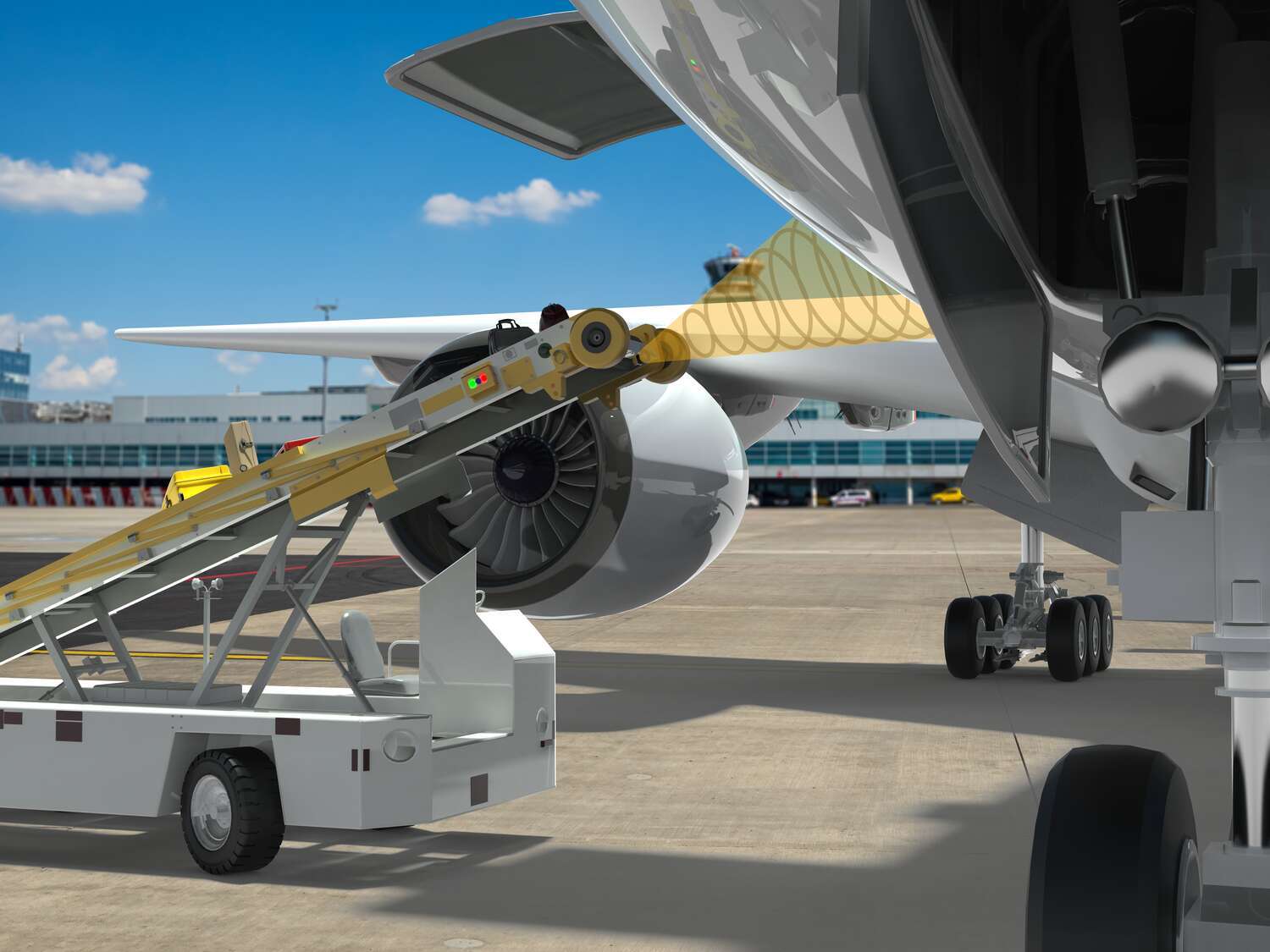防止行李搬运设备损坏飞机

挑战:地面支持设备有可能与飞机相撞并造成损坏
如果皮带装载机等机场地面支持设备 (GSE)意外直接接触到静止的飞机,有可能对飞机造成严重损坏。为确保航空安全,法规规定了在发生任何此类事件时,飞机必须停飞并接受检查,然后才能起飞。这些检查可能会导致航班延误,造成破坏性后果,代价高昂。如果因碰撞而导致飞机受损,飞机必须停飞,直到进行必要的维修,这会导致航班取消或改期、停机以及成本高昂的更换部件等额外费用。
解决方案:能够发出 45°×45°波束的邦纳 T30R 传感器,利用雷达技术检测曲面
新标准要求某些地面支持设备配备传感器,以防止与飞机相撞。幸好,邦纳 T30R-4545 传感器非常适合用来完成这项关键任务。这款传感器的雷达检测系统用途广泛,该产品系列已扩展到包括更宽波束的型号,这在检测飞机机身等曲面的接近程度时特别有用。
主要优点
测量接近程度并发出警报,防止物体碰撞。
T30R-4545 传感器的工作频率为 122 GHz,能够在长达 10 米的距离内进行高精度检测。它还能可靠地检测各种目标,其中包括高介电材料(如金属物体)和低介电材料(如岩石、木材或其他有机物体)。这款传感器提供双离散输出或模拟输出和离散输出,可以向地勤人员发送信号,以便在设备触碰到飞机或其他物体前将其减速或停止。
传感器的 45°×45° 波束图能可靠检测曲面。
窄波束传感器(如 T30R-1515 的波束图为 15°×15°)非常适合针对性强的检测应用。但对于较大的曲面物体,如飞机的轮廓表面,检测角度更大的传感器要有效得多。这些类型的曲面实际上可能偏转窄波束传感器,在这种情况下传感器可能无法检测出即将发生的碰撞危险。这就是为什么更宽的波束图能为车辆防撞提供更好检测解决方案的原因。T30R-4545 传感器具备 45 度主动感应功能,即使物体表面弯曲、发亮或反光,它也能识别该区域内的物体。
雷达传感器可以耐受环境天气和温度变化的影响。
使用雷达检测技术的传感器是户外应用的理想工具。雨水和其他降水有可能导致光电传感器和激光传感器发出的光线发生折射,而雷达传感器并不依赖于对目标的可视化检测。此外,由于超声波传感器通过空气传送声波,风或空气温度变化会降低这种方式的检测准确度。而雷达使用的是电磁波,恶劣的环境条件根本不影响准确检测。此外,同类最佳的 T30R 系列还配备坚固的 IP67 级外壳,能保护电子元件,不受潮湿或灰尘等恶劣条件的影响。
